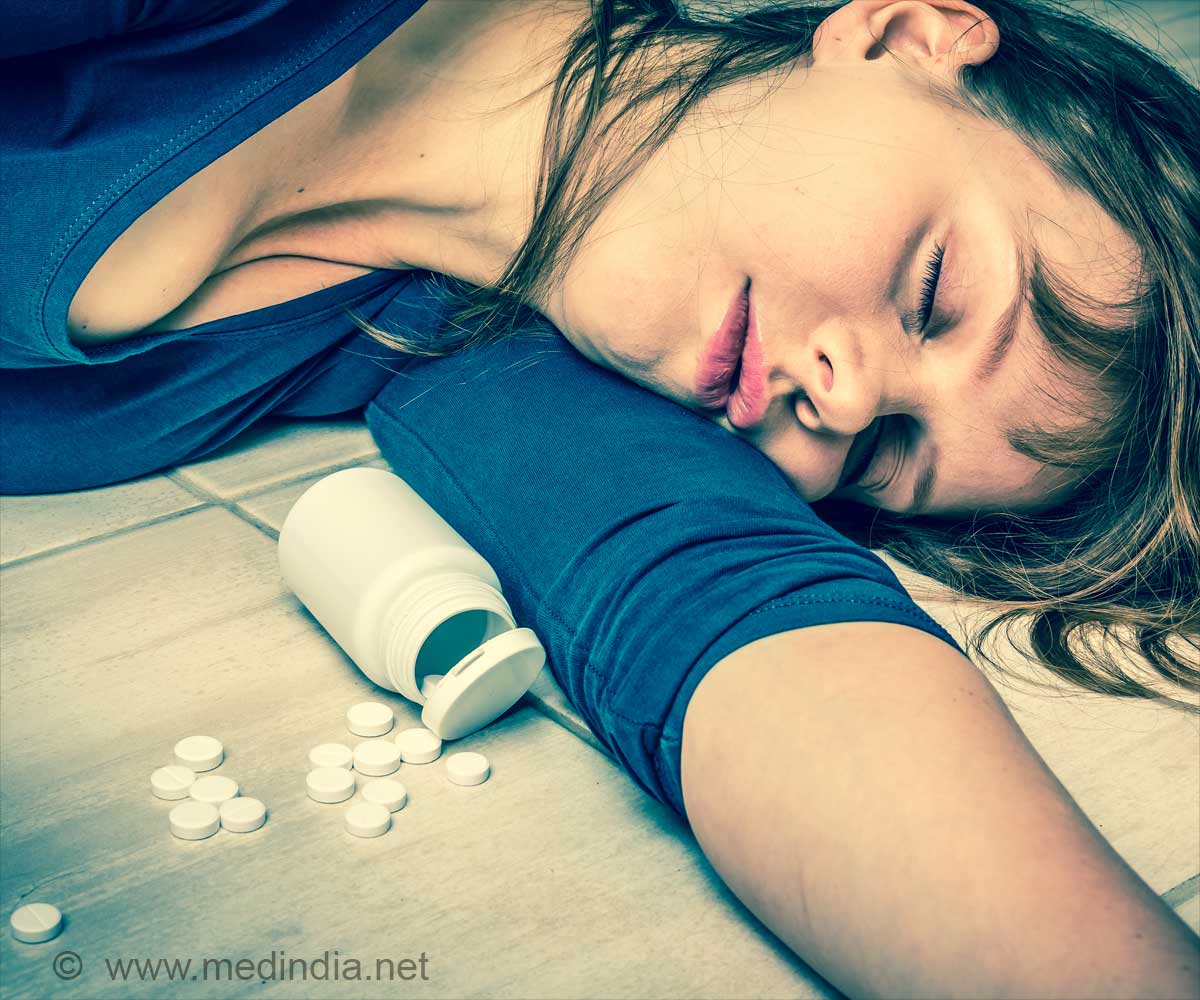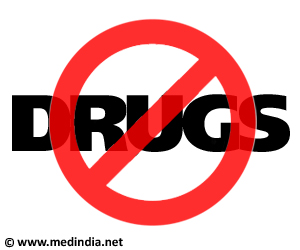Drug overdose rates in Colombia rose by 356% from 2010-2021, with a sharp increase among young women, particularly linked to tranquilizers and opioids.

- Drug overdoses increased by 356% in Colombia from 2010-2021
- Young women primarily affected by opioid and tranquilizer misuse
- The COVID-19 pandemic worsened substance abuse, particularly in women
Trends in Nonfatal Overdose Rates Due to Alcohol and Prescription and Illegal Substances in Colombia, 2010-2021
Go to source). The study revealed that drug overdose rates increased from 8.5 per 100,000 people in 2010 to 40.5 per 100,000 in 2021. The data was collected through Colombia’s national public health surveillance system (SIVIGILA), making it the first study to describe overdose trends across different substances, demographics, and socio-economic groups.
Overdose rates among Colombian women increased by over 350% between 2010 and 2021. #substanceabuse #womenshealth #medindia’
Impact of the COVID-19 Pandemic on Drug Abuse
The pandemic contributed to higher levels of anxiety, depression, and stress in Colombia, as it did in many other countries. According to Dr. Silvia Martins, senior author of the study, this rise in mental health issues led to higher prescription rates and the misuse of sedatives, tranquilizers, and antidepressants, particularly among women. Overdose rates involving these substances rose significantly from 12 per 100,000 in 2018 to 33 per 100,000 by 2021.Substance Use Trends in Colombia
Data from the 2019 National Survey on Substance Use (CNSSU) indicated a rise in the use of most substances over the last three decades, with a slight decline in alcohol, cannabis, and cocaine use between 2013 and 2019. The study identified that tranquilizers, sedatives, and antidepressants were the most commonly reported substances in overdoses, accounting for 43 percent of cases. Cannabis, stimulants, and alcohol each accounted for 16 percent of overdoses, while opioids contributed to 6 percent of overdose cases.Opioid and Stimulant Overdoses
Opioid overdoses were mainly caused by prescription opioids, such as heroin, methadone, and buprenorphine, with 74 percent of opioid overdoses linked to these drugs. The majority of stimulant overdoses, accounting for 95 percent, were attributed to cocaine.Overdose rates among women increased more significantly than among men, particularly due to the misuse of tranquilizers, sedatives, and antidepressants. The most affected group was individuals aged 10 to 34, and those with at least some high school education made up 72 percent of the overdose cases.
Risk Factors and Challenges in Addressing Drug Use
The study emphasizes the need for more research into the risk factors, motivations, and sources of medication to improve harm reduction strategies and policies. Suicide risk screening and increased access to mental health services, particularly for those prescribed sedatives or who have recently experienced an overdose, were suggested as potential ways to reduce the overdose rate.Colombia has transitioned to a human rights and public health-focused approach in regulating substance use over the past three decades, in line with guidelines from the United Nations Office on Drugs and Crime. The researchers recommend more community-based harm reduction programs, better access to treatment services, and enhanced surveillance systems to guide prevention efforts.
Health surveillance systems, like SIVIGILA, play a critical role in overdose prevention efforts. The methodology used in the Colombian study can also benefit other resource-poor countries, helping guide public health interventions and reduce overdose risks globally.
As overdose rates in Colombia continue to rise, particularly among young women, targeted prevention efforts and policies addressing substance use challenges must be implemented. A multifaceted approach, including improved mental health support, harm reduction strategies, and enhanced surveillance, is essential to tackling this growing public health crisis.
Reference:
- Trends in Nonfatal Overdose Rates Due to Alcohol and Prescription and Illegal Substances in Colombia, 2010-2021 - (https://ajph.aphapublications.org/doi/abs/10.2105/AJPH.2024.307786)
Source-Medindia










